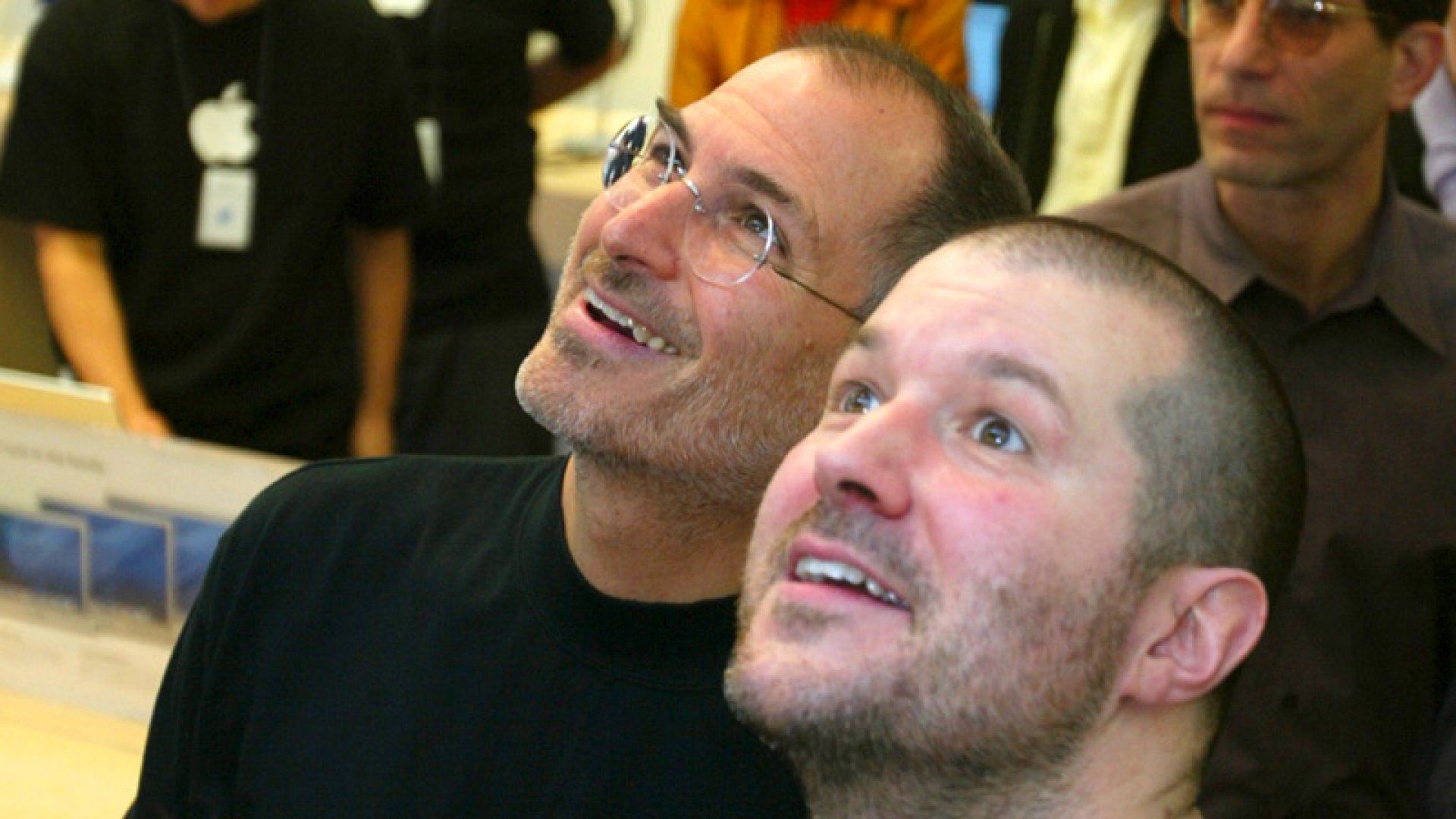Many people with office jobs feel like they are constantly buried by a boatload of emails and messages. The steady stream seems to have no end in sight, but could AI help?
Professionals now spend over 28 hours on work communications, a 13.2% increase from last year, according to a new study commissioned by Grammarly and conducted by The Harris Poll. This so-called “communication inflation” is linked to chronic stress and burnout.
The “constant flow of communications” is the reason 60% of the 1,286 professionals surveyed said they can’t stay focused at work. The biggest culprits are messaging apps like Slack and Microsoft Teams, and project management software like Jira and Asana. Other systems like Confluence, Notion, Figma, and Miro also play a role.
But what about the other 40% that didn’t report being overwhelmed by communications? What are they doing that is somehow managing to keep the flood at bay?
(Credit: Grammarly)
The study examined their approach by grouping respondents into categories. First, general employees (“knowledge workers,” 1,032 respondents) and their bosses (“business leaders,” 254 respondents). Then, it classified people as “AI-fluent” and “AI-avoidant” people.
Those classified as “AI-fluent” seem happier at work, and reported higher work satisfaction (96%) than their peers (81%). They are also saving more time daily by using AI tools. They can save professionals up to 25.2 hours per week, Grammarly tells PCMag via email.
These people are turning to AI for ideation, drafting communications, and editing. Tools like Apple Intelligence, Google Gemini for Gmail, and Microsoft Copilot can help write and edit messages without jumping to a new ChatGPT window. Grammarly also makes an AI-powered editing and writing system, which it likely hopes this study will encourage people to download.
The “second most common use case among AI power users” is research, the study says. ChatGPT, Claude, and other tech systems are also working on automating tasks with AI to reduce burden on the user. For example, the AI assistant in Samsung’s new Galaxy S25+ phones can look up information on Gemini, and then do things like text it to a friend or log it in the Notes app.
Recommended by Our Editors
“While 77% of workers apply AI as a collaborative tool, 88% admit they’d delegate AI to handle tasks autonomously if the technology could,” Grammarly says. Agentic AI, or autonomous AI agents that can do things for you, are a big focus in 2025 from companies like OpenAI, Microsoft, and Nvidia.

(Credit: Grammarly)
Though the report paints a rosy picture of AI, the reality is not always the case. Hallucinations and unintended outcomes are still common. The problems Grammarly claims can be solved by AI are also most acutely felt by businesses leaders and bosses. They indicated a higher year-over-year increase in written communications (33%) than their employees/knowledge workers (7%).

(Credit: Grammarly)
So if your boss is more hyped up about AI than you are, that might be one reason why. Another study conducted by Slack last fall also found significantly higher interest in AI among CEOs and executives than employees. With AI tools constantly changing and developing, it’s not surprising that they may work better for some than others.
Get Our Best Stories!
This newsletter may contain advertising, deals, or affiliate links.
By clicking the button, you confirm you are 16+ and agree to our
Terms of Use and
Privacy Policy.
You may unsubscribe from the newsletters at any time.

About Emily Forlini
Senior Reporter










